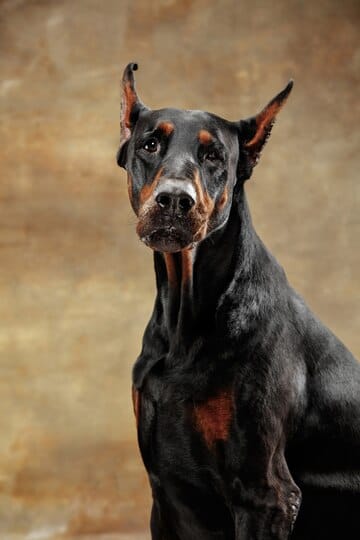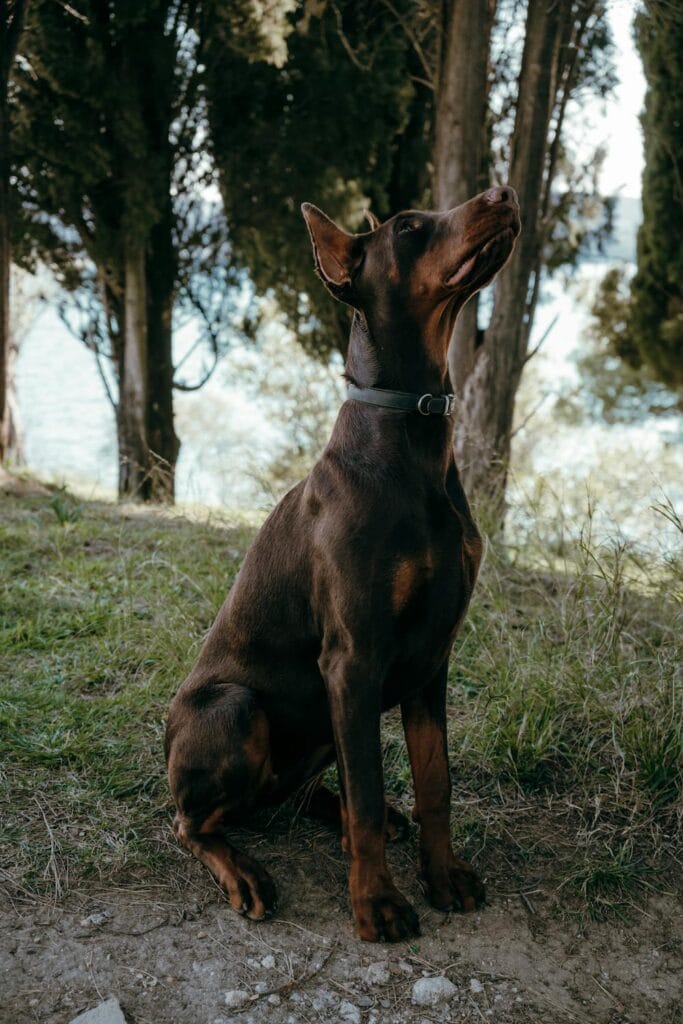- Historical Legacy: The Guardian of the Himalayas 🏔️
- Physical Characteristics That Command Premium Prices 💪
- The Economics Behind the Price Tag 💵
- Health and Maintenance 🏥
- Training and Socialization 🎓
- Investment Potential 📈
- Cultural Impact and Status Symbol 🏆
- Practical Considerations Before Purchase 🤔
- Expert Tips for Prospective Buyers 🎯
- Frequently Asked Questions (FAQs) ❓
- Conclusion 🎊
Picture this: a majestic canine with a lion-like mane, commanding presence, and a price tag that might make you do a double-take. That’s the Tibetan Mastiff for you! Let’s dive deep into why these magnificent creatures often come with a price tag that rivals luxury cars.
Historical Legacy: The Guardian of the Himalayas 🏔️
Ancient Origins
The Tibetan Mastiff’s story begins in the mystical landscapes of Tibet, where they served as guardians of monasteries and nomadic camps. These dogs weren’t just pets – they were essential workers, protectors, and respected members of Tibetan society.
Royal Connections
Throughout history, these dogs have been associated with nobility and royalty. Chinese emperors kept them as prestigious gifts, and their reputation spread along the Silk Road, enhancing their value across civilizations.
Physical Characteristics That Command Premium Prices 💪
Size and Structure
- Height: 24-30 inches at shoulder
- Weight: 70-150+ pounds
- Lifespan: 10-14 years
Let’s break down their impressive physical traits:
| Feature | Description | Impact on Price |
|---|---|---|
| Mane | Thick, luxurious neck fur | Higher for fuller manes |
| Build | Muscular, powerful frame | Premium for ideal proportions |
| Color | Various, including gold, black | Rare colors cost more |
| Size | Massive yet agile | Larger specimens command higher prices |
Genetic Uniqueness
These dogs possess rare genetic adaptations that allow them to thrive in high-altitude environments. Their blood composition differs from other breeds, making them truly special.
The Economics Behind the Price Tag 💵
Initial Investment Costs
Let’s analyze what drives the base price:
- Breeding Expenses
- Premium breeding pair selection
- Genetic testing
- Veterinary care
- Specialized nutrition
- Maintenance Costs
- Climate-controlled facilities
- Professional training
- Regular health screenings
Market Factors
The price varies significantly based on several factors:
| Factor | Price Range (USD) | Notes |
|---|---|---|
| Show Quality | $50,000-2,000,000 | Championship lineage |
| Pet Quality | $2,000-7,000 | Healthy but not show standard |
| Guardian Quality | $5,000-15,000 | Working dog potential |
Health and Maintenance 🏥
Medical Considerations
Responsible ownership requires understanding potential health issues:
- Common Health Concerns
- Hip dysplasia
- Eye problems
- Skin conditions
- Preventive Care Costs
- Annual checkups: $200-500
- Vaccinations: $100-300
- Emergency fund recommended: $3,000-5,000
Daily Care Requirements
| Need | Monthly Cost | Annual Cost |
|---|---|---|
| Food | $150-300 | $1,800-3,600 |
| Grooming | $100-200 | $1,200-2,400 |
| Supplements | $50-100 | $600-1,200 |
Training and Socialization 🎓
Early Development
Proper training is crucial and impacts long-term value:
- Professional Training Programs
- Basic obedience: $500-1,000
- Advanced guardian training: $2,000-5,000
- Specialized behavior modification: $1,500-3,000
- Socialization Requirements
- Early exposure to various situations
- Controlled interactions with other dogs
- Regular public outings
Investment Potential 📈
Show Circuit Value
Championship-quality dogs can generate returns through:
- Breeding rights
- Show winnings
- Prestige value
Breeding Economics
A breakdown of potential returns:
| Activity | Potential Revenue | Investment Required |
|---|---|---|
| Stud Service | $2,000-10,000 | $5,000-15,000 |
| Puppy Sales | $15,000-50,000/litter | $10,000-20,000 |
| Show Earnings | Variable | $5,000-20,000/year |
Cultural Impact and Status Symbol 🏆
Modern Popularity
The breed has gained significant attention in:
- Luxury pet markets
- High-end breeding programs
- Celebrity ownership
Geographic Price Variations
| Region | Average Price Range | Market Demand |
|---|---|---|
| China | $50,000-2,000,000 | Very High |
| USA | $2,000-7,000 | Moderate |
| Europe | $3,000-10,000 | Growing |
Practical Considerations Before Purchase 🤔
Space Requirements
- Minimum yard size: 1/2 acre
- Indoor space: Large rooms
- Climate considerations
Time Commitment
Daily requirements:
- Exercise: 1-2 hours
- Grooming: 30-60 minutes
- Training: 15-30 minutes
Expert Tips for Prospective Buyers 🎯
Due Diligence Checklist
✅ Verify breeder credentials
✅ Check health certifications
✅ Review lineage documentation
✅ Understand contract terms
✅ Plan for long-term costs
Red Flags to Watch For
❌ Extremely low prices
❌ Lack of health testing
❌ Limited breeder transparency
❌ No registration papers
❌ Pressure to buy quickly
Frequently Asked Questions (FAQs) ❓
Q: Why are Tibetan Mastiffs so expensive compared to other large breeds?
A: Their rarity, ancient lineage, unique genetics, and status symbol value contribute to their high prices. Premium specimens can cost millions due to their pure bloodlines and exceptional qualities.
Q: How much does it really cost to own a Tibetan Mastiff annually?
A: Expect to spend $5,000-10,000 annually on food, grooming, veterinary care, and maintenance. This doesn’t include initial purchase price or unexpected expenses.
Q: Are they good family dogs despite their high price?
A: Yes, when properly trained and socialized. They’re loyal and protective but require experienced owners who understand their strong-willed nature.
Q: How can I ensure I’m buying from a reputable breeder?
A: Research their history, ask for references, visit their facility, meet the parents, and verify all health certifications. Reputable breeders will be transparent and answer all questions.
Q: What makes a Tibetan Mastiff “show quality”?
A: Show quality dogs meet strict breed standards in terms of size, structure, coat quality, movement, and temperament. They often come from championship bloodlines.
Conclusion 🎊
The Tibetan Mastiff’s extraordinary price tag reflects its unique combination of historical significance, genetic rarity, and modern status symbol value. While not for everyone, these magnificent dogs offer unparalleled companionship and protection for those prepared for the investment – both financial and personal.
Final Thoughts
- Consider all aspects before making the investment
- Prepare for long-term commitment
- Research thoroughly
- Build relationships with reputable breeders
- Plan for ongoing expenses
Remember, the true value of a Tibetan Mastiff extends far beyond its price tag – it’s an investment in a loyal companion with an ancient legacy.































